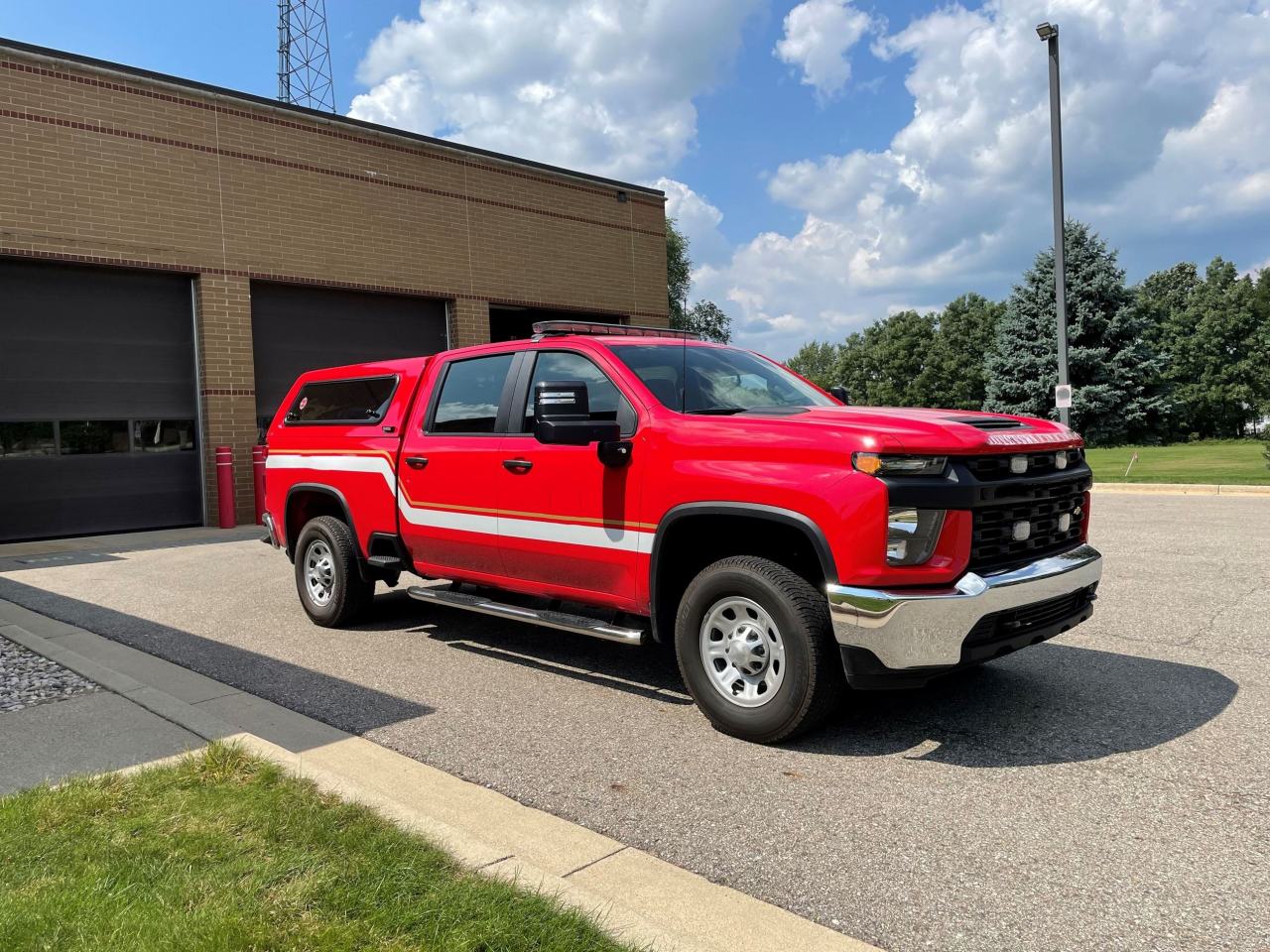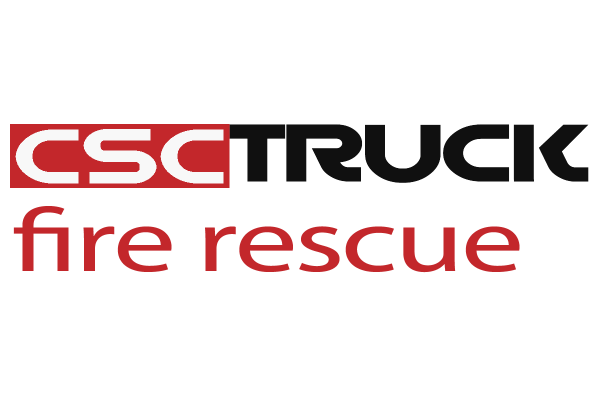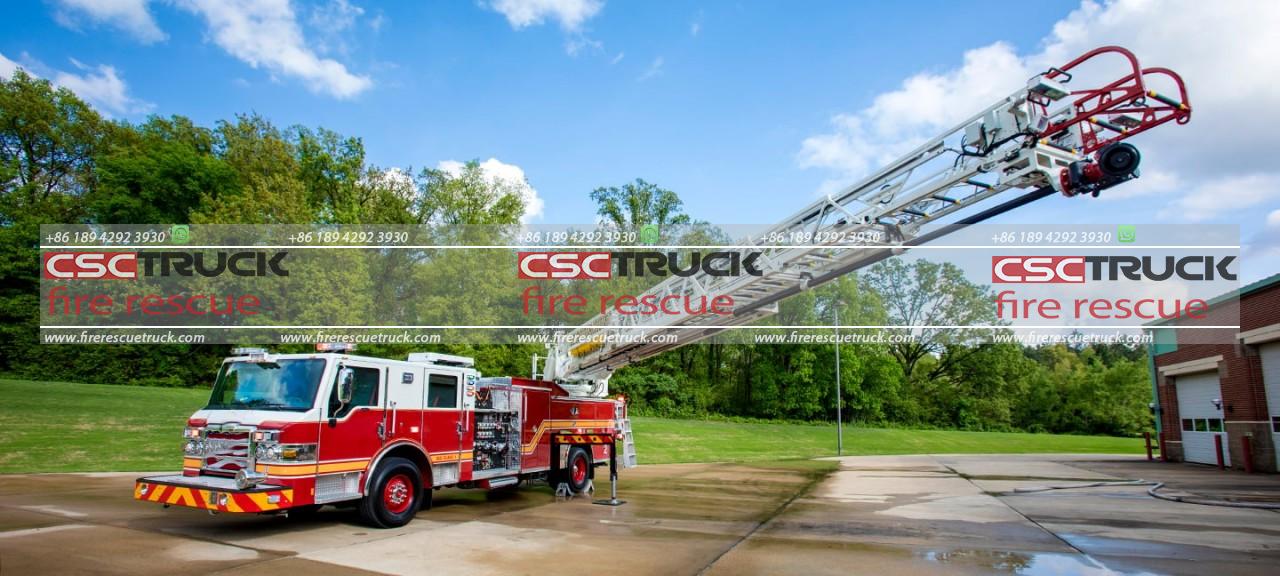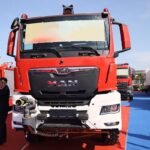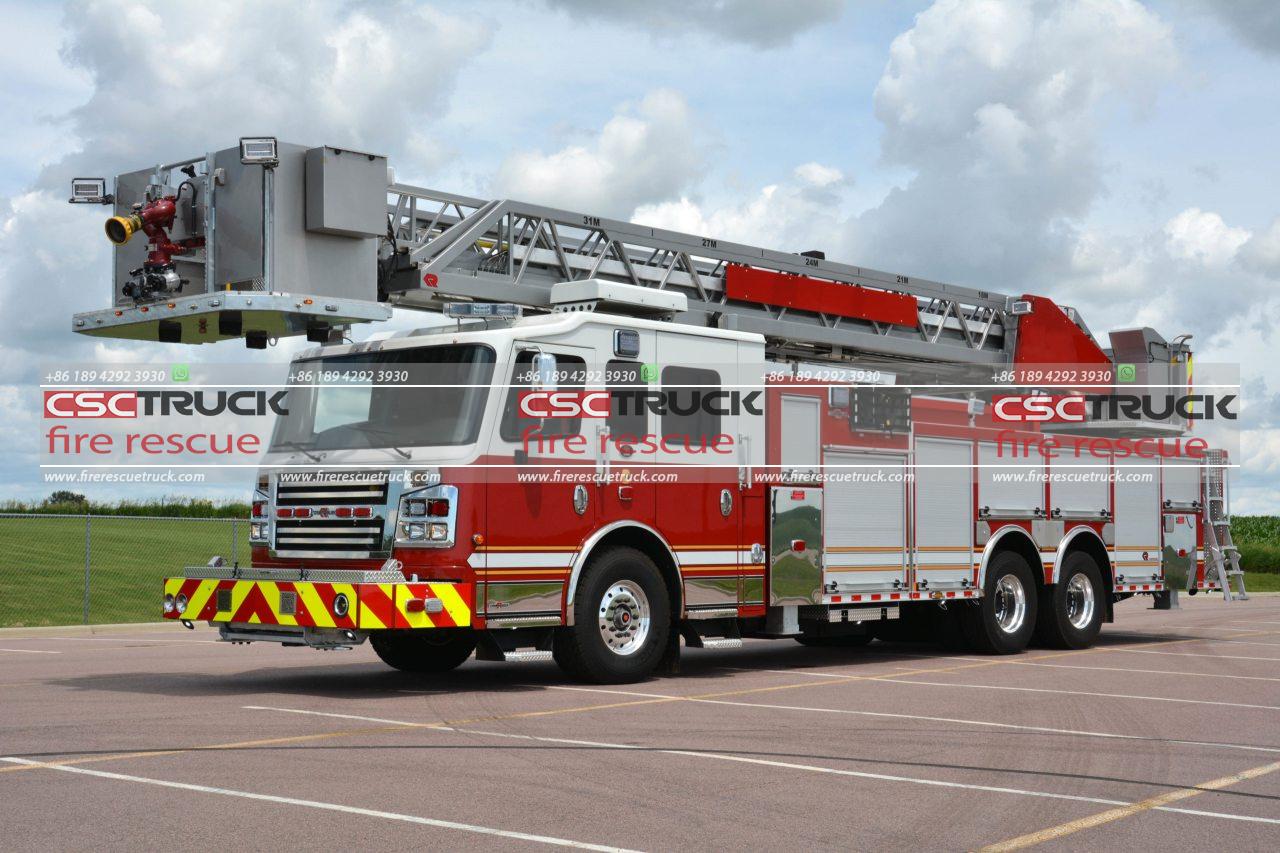Command Fire Truck: How Command Fire Trucks Enhance Emergency Operations
In emergency response operations, particularly firefighting, the effectiveness of coordination, communication, and leadership can mean the difference between life and death. As fires grow in complexity and size, the role of a fire chief or incident commander becomes increasingly critical. This is where the Command Fire Truck comes into play. Designed to support the command staff during large-scale emergencies, the command fire truck is an essential piece of equipment that enhances the ability of fire services to respond efficiently and effectively.
What is a Command Fire Truck?
A command fire truck is a specialized vehicle designed to provide a mobile command post for fire chiefs, incident commanders, and other key personnel in the field during a major emergency or disaster. These vehicles are typically equipped with advanced communication systems, technology, and tools to assist in managing complex firefighting operations.
Unlike standard fire trucks, which are primarily equipped to fight fires directly, command fire trucks serve as mobile offices and coordination hubs. They are outfitted with equipment to facilitate real-time decision-making, situational awareness, and seamless communication among various teams working at the scene.
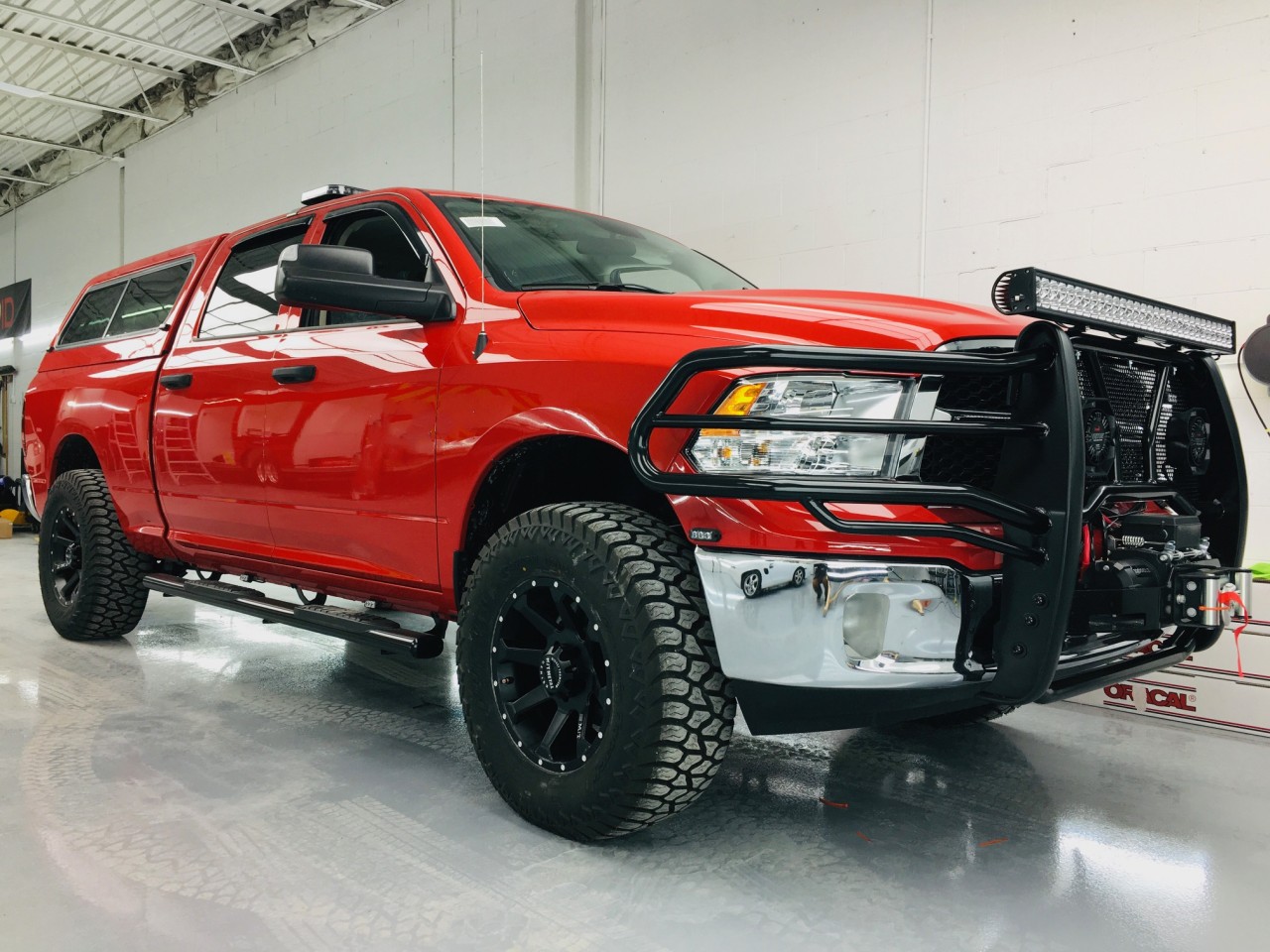
The Role of Command Fire Trucks in Emergency Operations
The role of a command fire truck is primarily to act as the “nerve center” for incident management. Whether responding to a large structural fire, a hazardous materials spill, or a natural disaster, the command truck enhances the coordination of resources and personnel.
-
On-Scene Command and Control
During large-scale incidents, there are numerous teams working in various areas of the emergency site. These can include firefighters, paramedics, law enforcement officers, and specialists like hazardous materials teams or search-and-rescue personnel. Command fire trucks are equipped with state-of-the-art communication systems, allowing the incident commander to maintain continuous contact with all teams. This capability helps to ensure that orders are conveyed quickly, changes in the situation are communicated effectively, and any adjustments in strategy can be made on the fly.
-
Enhanced Situational Awareness
One of the biggest challenges during an emergency operation is maintaining an accurate understanding of what is happening in real-time. Command fire trucks are typically equipped with advanced technology that allows incident commanders to track the situation from the scene itself. This may include:
- Live Feed Cameras: Cameras placed at various vantage points around the emergency scene can provide real-time visuals to the command staff, giving them a clearer picture of the situation as it evolves.
- Drones: In some cases, command fire trucks are equipped with unmanned aerial vehicles (UAVs) to provide aerial views of the incident. Drones can offer an overview of fire spread, structural damage, and personnel locations, contributing valuable data for decision-making.
- Geographic Information Systems (GIS): GIS software integrated into command trucks can provide maps and critical information on the location of resources, the fire’s progress, hazardous materials, and evacuation routes. This helps ensure that resources are allocated efficiently, and personnel can be directed safely and effectively.
-
Communication Hub
One of the most essential functions of a command fire truck is serving as a communication hub. Large-scale incidents often involve multiple agencies, including local fire departments, law enforcement, emergency medical teams, and federal or state response units. A command fire truck’s advanced communication systems allow all these teams to communicate seamlessly, often over different frequencies and networks. With satellite phones, radio systems, and data terminals, the command truck can ensure that all parties are on the same page, reducing the chances of miscommunication and improving response time.
-
Resource Coordination and Management
Managing resources is another key aspect of command operations during an emergency. Command fire trucks are often equipped with software and tracking systems that allow incident commanders to manage everything from personnel deployment to equipment distribution. This can include keeping track of:
- Personnel: Tracking the location, duties, and status of firefighters and other personnel in real-time ensures that teams are not overworked or put at unnecessary risk.
- Apparatus and Equipment: Command trucks can be used to monitor the availability of firefighting equipment, vehicles, and other resources. This allows the commander to quickly identify when additional equipment is needed or when resources should be reallocated.
- Logistics: During extended operations, logistical support becomes essential. Command trucks can coordinate the arrival of fuel, water, food, and medical supplies, ensuring that firefighters and other responders have what they need to continue operations safely and effectively.
-
Post-Incident Management
Even after the fire has been extinguished or the emergency has been resolved, command fire trucks continue to play an important role in the aftermath of an incident. They can be used to coordinate the investigation and recovery efforts, assist with damage assessments, and provide a centralized point of contact for community outreach and public information efforts. They can also support the incident’s debriefing and after-action review, where lessons learned from the event are documented for future improvement.
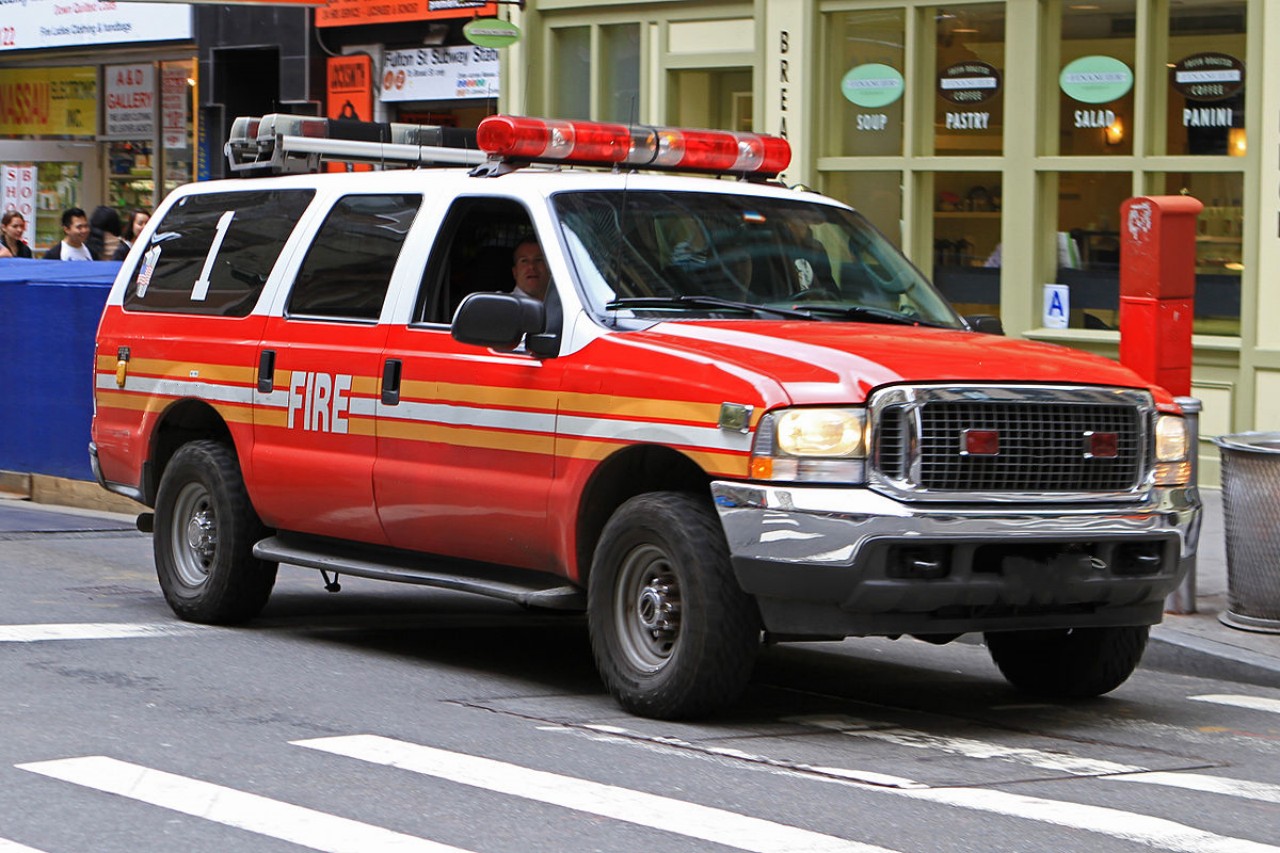
Features of Command Fire Trucks
Command fire trucks are highly specialized and come equipped with a variety of advanced features to support emergency operations. Some of the most important features include:
- Advanced Communication Systems: These include satellite communication, radio networks, mobile data terminals, and internet connectivity, allowing the incident commander to communicate with both on-site and off-site personnel in real time.
- Mobile Office Setup: A command fire truck often contains office equipment like desks, chairs, and filing systems, as well as tools for mapping, documenting, and making real-time decisions. This ensures that command staff can manage operations efficiently from the field.
- Incident Management Software: Command fire trucks are usually equipped with software that helps the incident commander track resources, personnel, and the status of the incident. This technology supports the implementation of standardized emergency response protocols like the Incident Command System (ICS).
- Safety Systems: In order to ensure the safety of the command staff, these vehicles are equipped with various safety features, including fire suppression systems, airbags, and enhanced visibility through high-definition cameras and lighting systems.
- Mobile Lighting: Command fire trucks are often equipped with mobile lighting systems to ensure that the command center remains operational during nighttime or low-visibility conditions.
Conclusion
Command fire trucks represent a crucial advancement in firefighting and emergency response operations. By providing a centralized, mobile hub for incident management, they allow for enhanced coordination, communication, and situational awareness. These vehicles ensure that fire chiefs and incident commanders have the tools they need to make informed decisions, optimize the use of resources, and maintain control during large-scale emergencies. As technology continues to evolve, command fire trucks will become even more integrated and indispensable in managing the complexities of modern firefighting operations.
